PROJECTS
@ Virginia Tech
What Comes after CHI? PSI: People, Systems, Information. HCI and HCD researchers have done a great job inventing and evaluating myriad ways to smoothly interact with information technology. Yet we have also made a mess of things: in a relatively short period of time, “computerization has moved from providing a counterpoint to life, with the potential to highlight and shade experience, to constituting a constant force, defining life as experienced.” Computers have come to design human behavior and define the quality of life. We believe that, if computer systems are central to our interactions with other people and institutions, those systems must: (1) allow us to arrange them so that we are more likely to act as the selves we wish we were; (2) help us understand whether people and institutions are treating us as we ought to be treated; and (3) create and encourage reflective opportunity about these matters.
The Social Informatics Research Group of Virginia Tech’s Center for Human-Computer Interaction (CHCI) and Virginia Tech’s Human-Centered Design (HCD) program held a workshop (2016.03.18-19) to develop an agenda for next generation HCI research. The ambitious goal of the workshop is to shift our fields’ thinking about design and research in order to encourage the creation of technologies that promote values and practices that respond to the challenges of the next ten years and beyond. HCI and HCD researchers and innovators must learn how to take design responsibility for redefining interaction. These goals and perspectives may require evolution of even the central tenets of the
design of human-computer interaction, including the notion that interaction should be seamless. We must understand what we are doing, what we could do differently, and when we should not make decisions and exert influence by ourselves.
Meta-Dexterous Design. How do we develop designers who can switch modes of design thinking with our rapidly changing situations? I am developing a theoretical frame for design education, which I have provisionally termed, “meta-dexterous”. Innovation stems from the combination or contrast between perspectives, concerns and goals. Where multi-dexterous design means working collaboratively across discipline boundaries, meta-dexterous design means working collaboratively across discipline boundaries, but better. We call this “meta” in that this higher-level deeply reflective dexterity shapes and orders the specific, subsidiary design and engineering dexterities. This research approaches design as a social activity without a large body of common cognitive process (that is, in contrast with the approach outlined by Herbert Simon). I am developing new HCI curriculum to enact this theoretical frame. This activity is closely aligned with the new Human-Centered Design track in the Interdisciplinary Studies PhD program.
Interfaces of Ambiguity . Meaning and the ways which humans construct meaning are a foundational element of human-computer interaction. In visualization research this is often characterized as “sense-making”. “Interfaces of ambiguity” deals with a general problem of the mismatch of computing and human experience: the role of ambiguity in understanding and communication. We take as subject area the description of fabric texture. Both experts and novices use just a few terms to describe the qualities of texture. Language does not sufficiently distinguish differences in the enormous universe of choices of fabric texture. This project wants to honor that inherent ambiguity and develop interfaces that allow for exploration and specification of fabrics (real and virtual). One graduate student is working on this project.
Media Space 2.0 . Digital audio and video technologies have come a long way since the original media space experimentation in the late 1980's. Contemporary capability has not translated into next steps in folding space and tiem in the ways that the original work conceived of. This new effort explores how heterogeneous multi-points of remote ("tele-") presence can operate together. That is, how can telepresence robots and large screen-based teleconferencing be used together ? How can audio spaces be constructed that allow for orientation ha maps to arbitrary visual configurations? What does "always on" mean with respect to telepresence robots? Returning to other research that I began in 1985, I am looking to conduct some studies of mediated connection between the physically many far-flung parts of the Center for Human-Computer Interaction, as well as studies of particular phenomena of mediated connection. At base, a “media space” is multi-media connection between places separated in space (and time). This work includes the integration of telepresence robots, sound field audio, and the social world of mediated experience.
Integrating Computational Thinking into the Middle School Curriculum. Computational thinking (CT) is a key enabler of effective participation in 21st century life. The project takes an Integrated Approach (IA), to build CT activities into current instructional practices across core middle school curriculum. We will locate nascent CT activities in the existing curriculum, reinforce and develop the overlap between the curricular area and the target CT area, and subsequently reinforce the CT content in a short, reinforcing instructional units.
Domestic Media Spaces. The original Media Space research I initiated at PARC focused on the workplace. Over the last decade, computing technologies rapidly changed the way families can communicate, coordinate, and connect with others through readily-available (and often free) applications, such as Google Talk, Skype, or iChat. The accessibility and proliferation of these applications means that family members are increasingly faced with new mechanisms to reach out and connect with their family and friends. For this reason, technology is now rapidly reconfiguring the way we think about and design for domestic spaces. As it does so, researchers now must directly confront issues of family relations and the subtle negotiations that are part of that realm. “Connection” can be emotionally expressive or merely informational. Analytic frameworks as well as technologies developed to support work may not be appropriate for understanding this setting.
Research Through Design: Exploring Distributed Communication between Users in Developed and Developing Countries . The project studies how infrastructural and cultural differences affect communication, economic exchanges, and connectedness between African immigrants and individuals in their countries of origin. This is investigated by developing and evaluating novel computational systems to support these new forms of interconnectedness. This research contributes to the development of a design intervention targeted at African immigrants, design principles that informs interactive system design for this growing and understudied population and producing a case study documenting how to integrate design thinking into a human-computer interaction course.
Security and Trust in Practice. The project studies how trust, privacy, and negotiation affect the ad hoc practice of collaboratively managing sensitive personal information in childcare providers and medical practices.
Micro-coordination in a World of Pervasive Computing. How do people see one another and themselves in relationship to the presence of technology? Focusing on young adults, we examine the emotional, personal, interpersonal and behavioral effects that technology design and use practices have on them in the course of solving micro-coordinational problems establishing social agency, regulating interpersonal attention, managing conflict, and establishing the moral order. The studies investigate how young adults problem-solve interactional dilemmas in distributed environments. Some situations are multi-person drumming, multi-player games, and couple's diary activities. They inform and create models for effective computer-mediated human-human interaction that support and enhance social interaction. We examine the communicative situation, drawing on interaction and conversation analytic methods and other ethnomethodological analyses. We examine changes to technologies that influence their behaviors by making the interactional challenges a direct focus, that is, a "seam" in the technology.
Distributed Expertise to Enhance Computer Science Education Through Collaboration with the Arts. This project rethinks aspects of undergraduate CS education. Computing is essential for practically all other academic disciplines. Computers are pervasive today and many professionals develop basic programming skills as a way to express ideas, problems and solutions in computational terms within their own disciplines. It is common to find curricula in the arts -- music, graphical design, English -- with computational courses in their curriculum. This project seeks out, promotes and supports intersections among courses in the arts and computer science. With Villanova University and the Technical College of New Jersey.
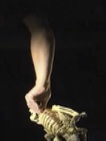
Digital Art Research Collaborative. I am part of a project to explore how art+engineering can develop new forms of innovation. One result of this project is the very popular interactive art environment, "REVO/over" which premiered at the new Taubman Museum of Art in Roanoke, VA.
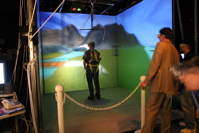
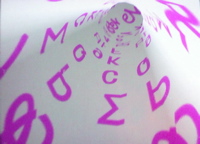
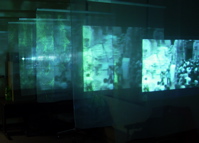
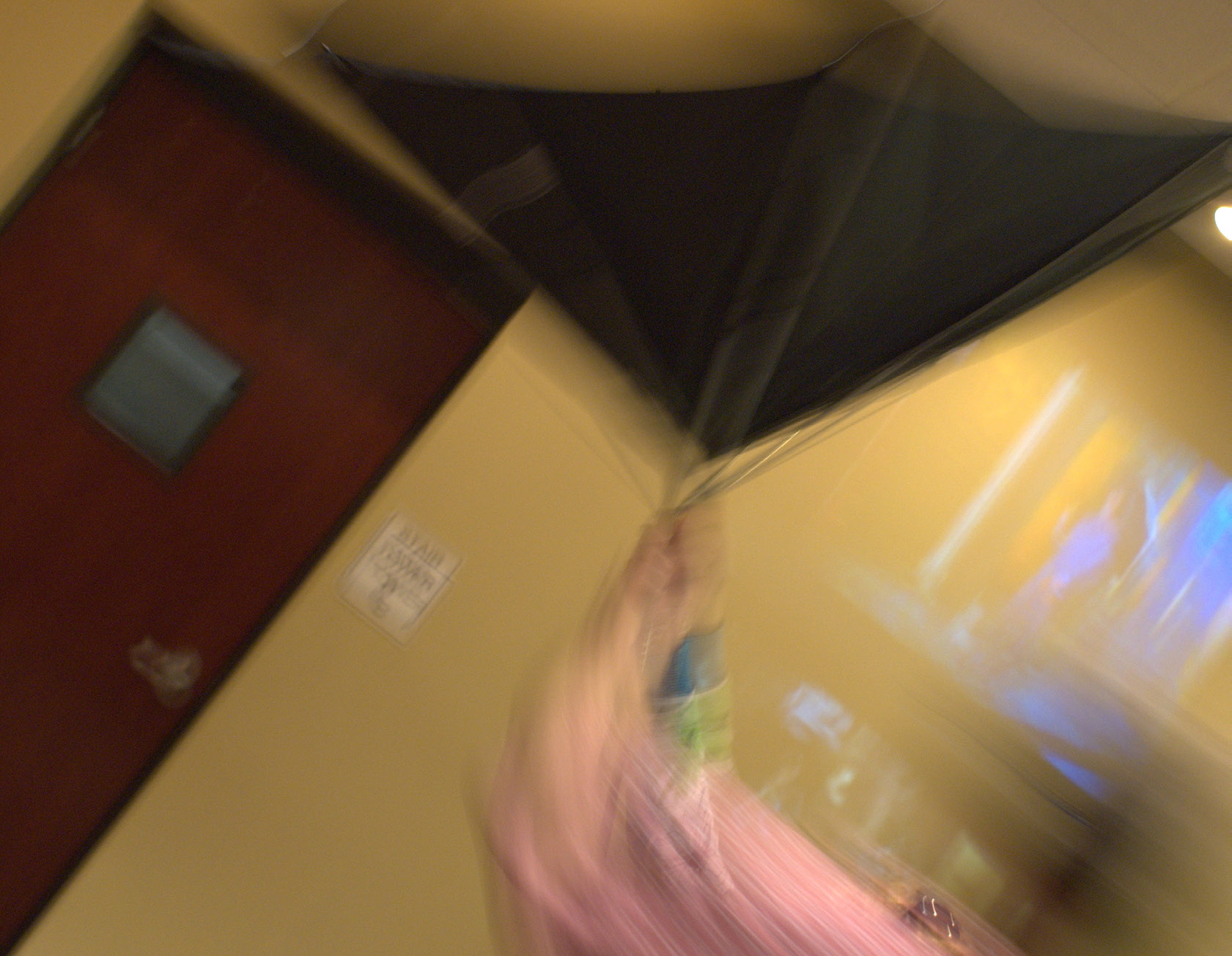
CyberArts. As we learned in the PARC Artist-in-Residence Program (“PAIR”), collaboration between the arts and technology can be an exciting driver of innovation. At Virginia Tech, the CyberArts “Collaborative” (known as CCTAD) brings together art, music, communications, computer science, and other disciplines. I have worked with faculty and administrators:
- defining programmatic options such a collaboration might pursue;
- describing immediate and future studios and other facilities;
- developing grant opportunities;
- collaborating with other CCTAD faculty in the creation of techno-art ;
- teaching the pilot class and an introduction to CS for undergraduates in the Arts.
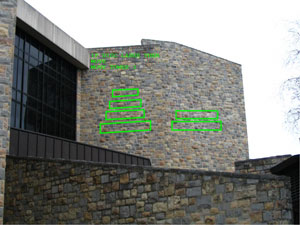
Anywhere Museum: the Place of Engineering. A special project of the Dean of the College of Engineering to connect communities within and outside of the College by making the public spaces “tell the story of engineering”. Therefore, the spaces of the College should:
- present the story of the College as the evolving, vibrant, and innovative programs and departments that constitute it;
- support formal pedagogy by creating ‘teachable moments”;
- highlight points of connection across engineering disciplines;
- make engineering visible to students as they move between classes and labs;
- involve students in active participation in the creation of engineering culture.
The project has deep budget constraints and so requires leveraging opportunities as they arise. One project in development will annotate the outside of the very large campus wind tunnel with a laser projector illustrating air flow, outline models under test, formulas and calculations. Project Director. The project is an instance of a new genre called Anywhere Museums. Anywhere Museums use everyday settings for informal learning. They provoke reflection in passersby as well as communicating important and useful information.
Communicative Surfaces. We are approaching the point when most any surface in the built environment or object in the environment can be a transformable display. At the same time MEMS, technology is making ubiquitous interaction possible. This work examines that situation from a number of approaches: how will the meaning of space and place change? what new genres may arise? what should the system architecture be? what abstractions and ontologies make sense? One current activity is the development of a proposal for a gigapixel display consisting of an array of physically and logically reconfigurable high resolution LCD panels with the Virginia Tech Center for Human Computer Interaction.
copyright Steve Harrison 2016





